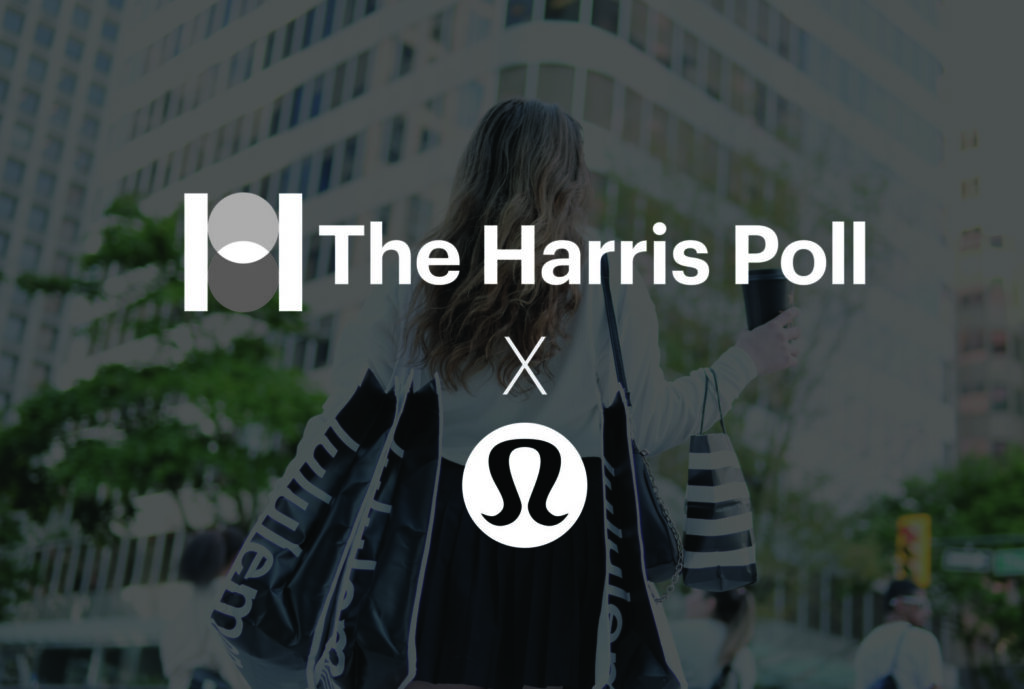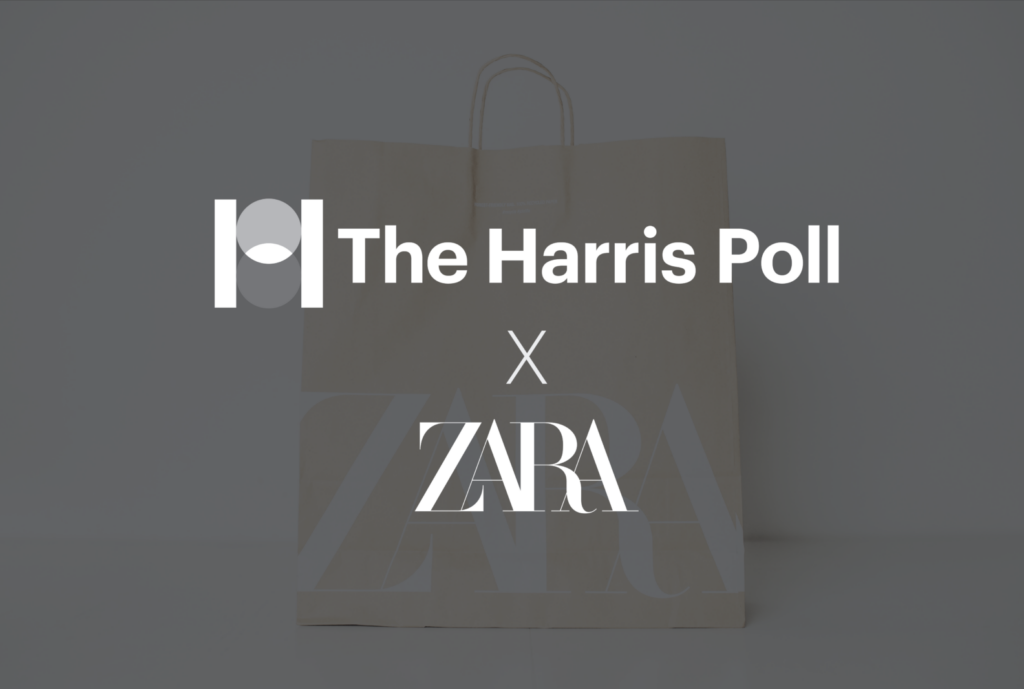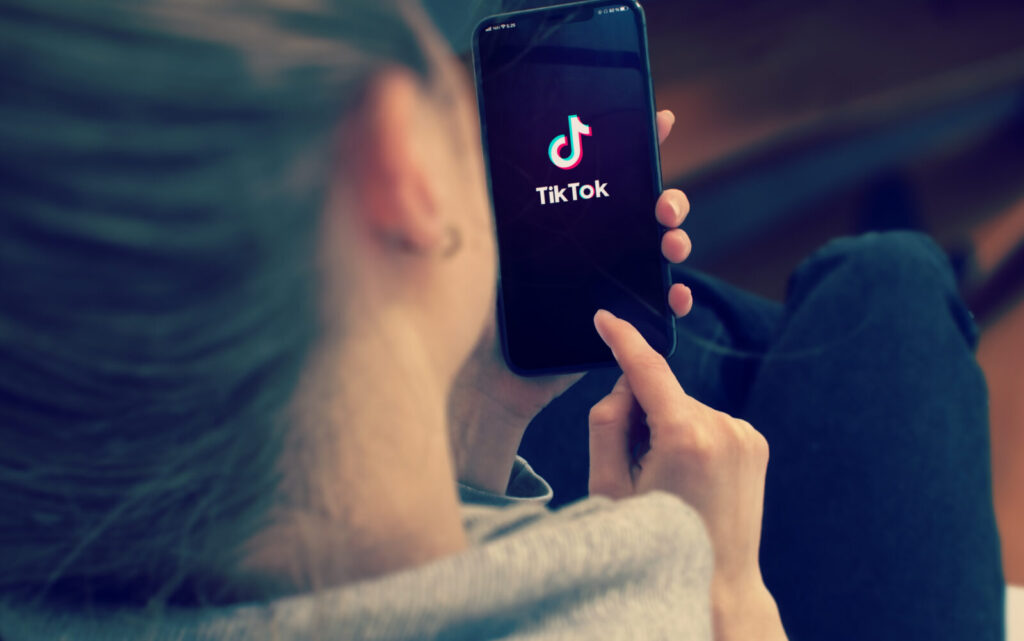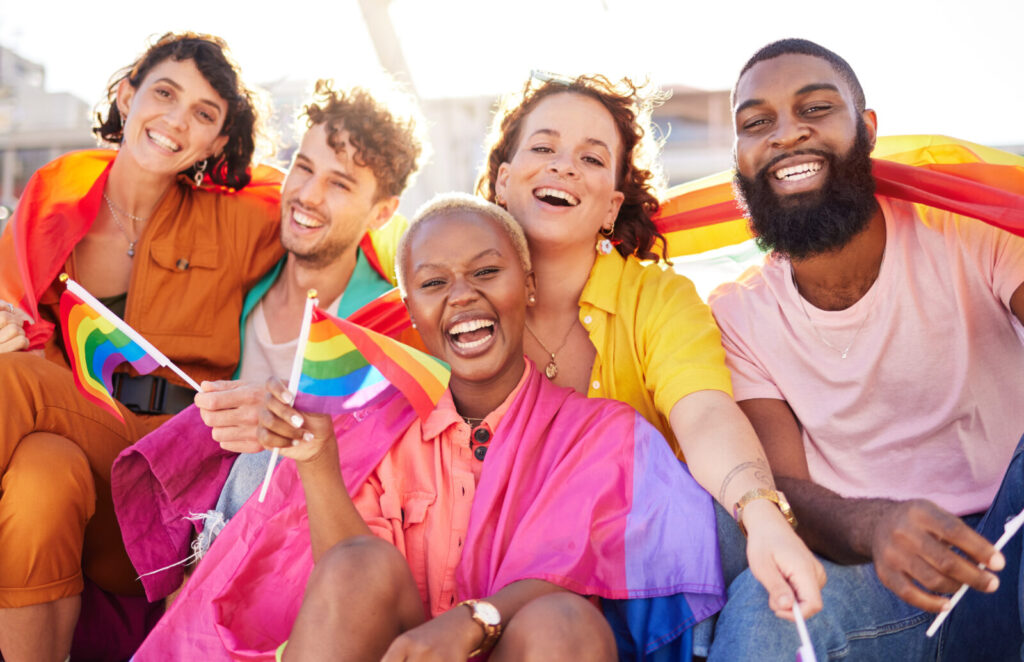Case Study • 1 min Read

2021 saw a continued push from advertisers to run ads that accurately reflect America’s diversity. This focus was reflected in both the content and casting of Super Bowl LV ads aired by major brands. However, the tactics of diverse casting and broad, unity phrases that worked in the past are less effective now. As time moves on from the Civil Rights era and identities become more nuanced beyond race and gender to include income, sexuality, values, and more, truly inclusive Super Bowl ads will need to address those nuances to resonate with audiences.
Most Americans (76%) agree that Super Bowl commercials should feature people from diverse backgrounds (e.g., ethnicity/race, sexual orientation, disability), and 82% of this year’s Super Bowl viewers agreed that most of this year’s commercials had casting that represented the diversity of the U.S. However, only 26% of viewers said they liked the ads because they represented the diversity of the U.S., compared to 59% of Americans who liked ads because they were funny or clever.
Digging deeper, many in minority groups were actually more critical of casting choices in Super Bowl ads. When asked to measure the proportion of diverse Super Bowl ads, only 11% of White Americans said less than half or none of the ads featured a diverse cast (e.g., people of various ethnicities/races, sexual orientations). African Americans, Hispanics, and those who identify as LGBTQ, disagreed more often (14%, 27%, and 32%, respectively). Young adults, often more cognizant of representation, were also highly critical. A third (33%) of Gen Z-ers disagreed that most ads featured a diverse cast, compared to only 11% of Millennials, 16% of Gen X-ers, and 18% of all Super Bowl viewers.
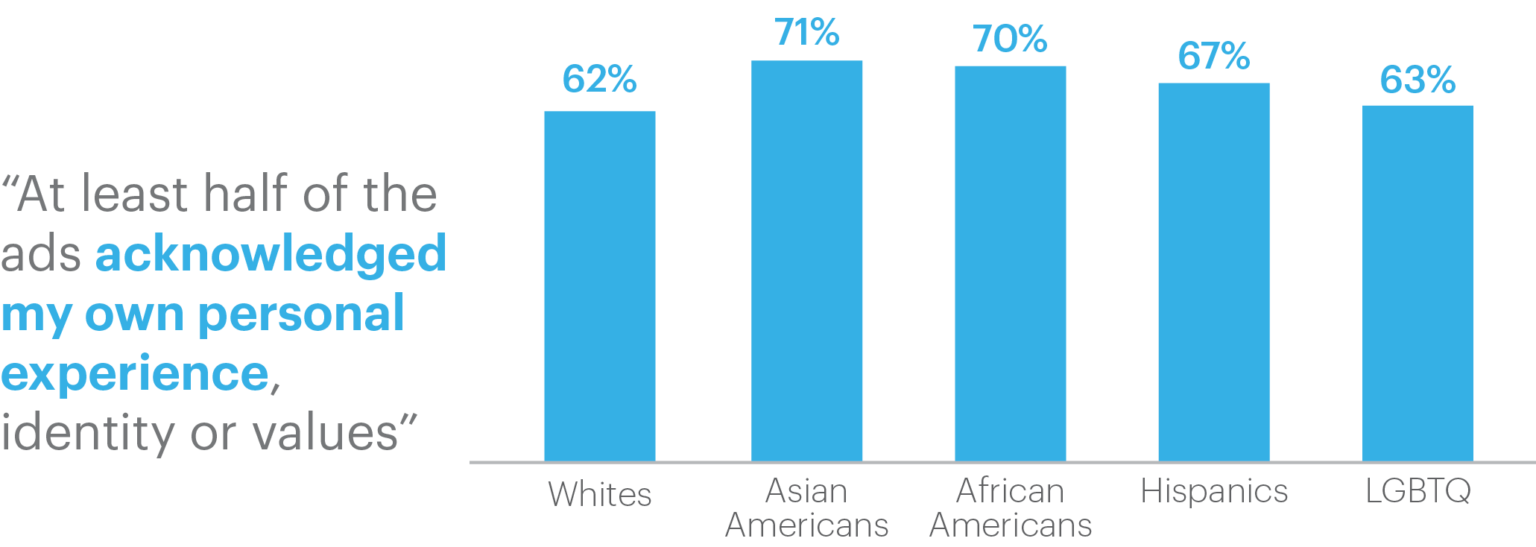
Interested in seeing more Brand Bowl Insights? 
Representation does yield higher enjoyment among targeted demographics, but this does not always translate to brand equity improvements. Amazon Prime Video and Amazon (Alexa) ran ads starring Black celebrities such as Eddie Murphy and Michael B. Jordan. Across ethnicities, these spots rated the highest in enjoyment among African Americans (34% and 26%, respectively). However, Amazon Prime Video dipped in equity ratings (-0.8) among African Americans while Amazon saw a small lift (+1.7) after the Super Bowl aired. Despite being ethnically relatable, both brands struggled to boost overall equity in addition to brand momentum, social consciousness, and trust.
It appears ads that addressed both the presence of minorities and their unique experiences saw more success with inclusive marketing. Toyota’s 60-second “Upstream” spot, for example, follows Jessica Long, a US Paralympian swimmer and double amputee. This ad and others like it scored highly across several emotional metrics tracked by the Brand Bowl Index, including “Socially Conscious” and “Trustworthy.” Our data also shows that 24% of viewers who recalled the ad said it made them feel included or represented. More impressive, this ad, which directly addressed the topic of being disabled rather than merely showing a disabled person, caused 51% of those who recalled viewing the ad to say it made them respect the brand more – the highest for any brand in the Brand Bowl Index. Toyota’s overall brand equity score rose by 2.1 during the period tracked by the Brand Bowl Index.

Learn more about what QuestBrand can do for your brand. 
However, a change in the balance of representation can also cause previously overrepresented groups to feel more left out. White Americans and Baby Boomers were the least likely to say that most Super Bowl ads acknowledged their own personal experience, identity or values — and older viewers felt particularly alienated, likely the result of the balance of representation shifting due to cultural expectations and revenue potential.
Brands with calls for unity that addressed the nuance of that unity also performed better. Anheuser-Busch’s “Let’s Grab a Beer” has messaging around coming together but only indirectly addresses a range of ethnicities, genders, and life situations with casting. Jeep’s “The Middle” with Bruce Singsteen addressed the need for Americans to come together, but instead of just showing various people, it used one person who spoke about U.S. identity differences to drive the point home. As a result, Jeep’s brand equity increased by 2.4 compared to Anheuser-Busch’s +1.7. The ads’ positive equity boosts among White viewers (especially Jeep’s +5.5 vs. Anheuser-Busch’s +1.0) and overall boost in social consciousness (+2.2 for Jeep, +1.8 for Anheuser) demonstrates that diverse casting and specific, inclusive language can help brands connect with specific groups without sacrificing broader appeal.
Subscribe for more Insights
Subscribe to our newsletter for the latest trends in business, politics, culture, and more.
Related Content
